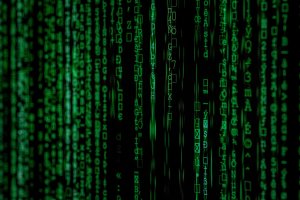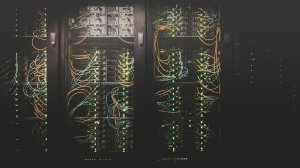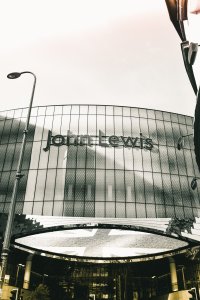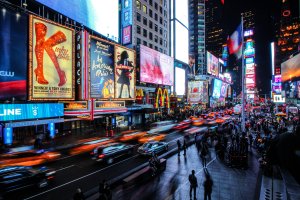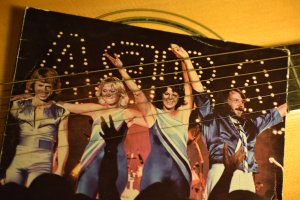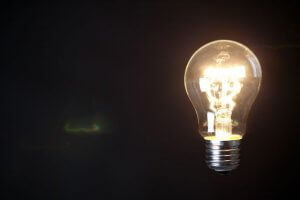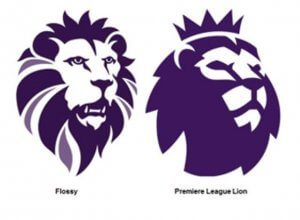- Intellectual property
- Intellectual property disputes
- Media, arts and culture
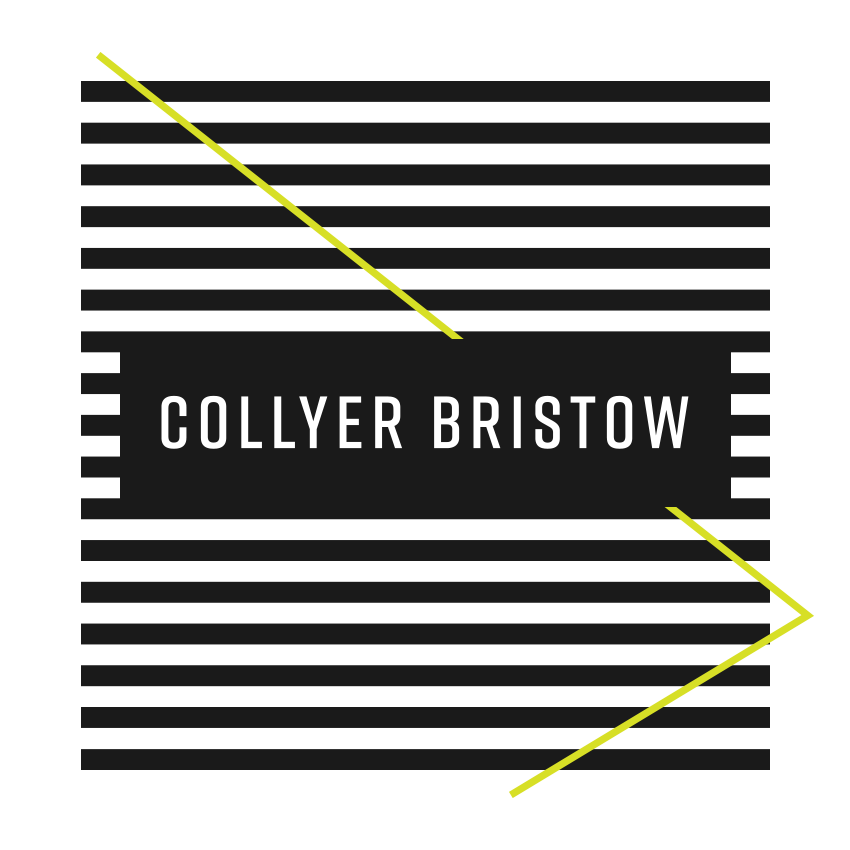
Longer Reads
Only time will tell if Damien Hirst’s art burning NFT stunt will pay off
The ever-controversial Damien Hirst has once again found himself in the headlines, this time for burning his own artworks! The works he burned amount to nearly 5,000 of his well-known spot paintings which were sold as non-fungible tokens (NFTs) – encrypted digital files, rather than in physical form.
1 minute read
Published 14 October 2022
Key information
At the time of sale buyers were given the choice of buying the original physical painting or the NFT. Whilst many buyers chose the original physical works many chose the NFT, perhaps in the belief that the value would appreciate more rapidly than the original physical artwork.
In my experience investors buy NFTs either because they are attracted to the underlying asset or simply because they have a hunch that whatever the underlying asset, the NFT will itself be a good investment. In the case of one popular NFT, the Bored Ape Yacht Club, the attraction is not simply the ownership of a unique NFT of a cartoon ape, but the fact that the NFT is also an entry pass to the exclusive collaborative space “Yacht Club” and members-only live events.
Since the Hirst NFT buyers were told that the original physical piece would be destroyed, there is unlikely to be disappointment at their end in relation to what is happening. In fact, there may be celebration in that the NFT version may appreciate at a faster rate now that the physical version on which it is based has been destroyed. Some owners of the NFTs are now claiming that they have been offered between $42,000 – $48,000 to sell: not a bad profit on the initial $2,000 purchase price!
Whilst in some quarters there is a suggestion that the owners of the NFTs may be able to duplicate them, in fact an NFT cannot be digitally copied since it is an immutable code which is embedded on the blockchain. However, it is usually physically possible to right-click and save NFTs with photos and replicate them (and even produce an NFT from that image). BUT generally, owners of artwork do not buy the copyright, only the physical painting. Similarly, with NFTs: unless Damien Hirst assigned or licensed the right to duplicate and exploit the NFTs, any attempt by the purchaser to do so would be a breach of copyright.
The possible confusion over copyright issues regarding NFTs has come to a head since Quentin Tarantino announced that he is to auction off NFTs of parts of his hand-written script for Pulp Fiction. Producer Miramax immediately sued for copyright infringement and breach of contract on the basis that they, rather than he, have the right to sell NFTs of the script. We await the Court’s decision.
Unusually, Bored Ape NFTs purchasers are granted full intellectual property rights in the underlying ape image which they can exploit for profit. Owners are now looking to exploit their Bored Ape images as books, films, and merchandise. And to start the ball rolling Bored Ape Yacht Club themselves have entered into a collaboration for Bored Ape merchandise with Adidas.
In reality, it will take many years for us to see the lasting results of Hirst’s project, “The Currency”, and whether those choosing NFTs made the correct decision. Only by comparing the lasting value will this become clear.
This article was first published in October 2022 by City AM.
Related content
Longer Reads
Only time will tell if Damien Hirst’s art burning NFT stunt will pay off
The ever-controversial Damien Hirst has once again found himself in the headlines, this time for burning his own artworks! The works he burned amount to nearly 5,000 of his well-known spot paintings which were sold as non-fungible tokens (NFTs) – encrypted digital files, rather than in physical form.
Published 14 October 2022
Associated sectors / services
At the time of sale buyers were given the choice of buying the original physical painting or the NFT. Whilst many buyers chose the original physical works many chose the NFT, perhaps in the belief that the value would appreciate more rapidly than the original physical artwork.
In my experience investors buy NFTs either because they are attracted to the underlying asset or simply because they have a hunch that whatever the underlying asset, the NFT will itself be a good investment. In the case of one popular NFT, the Bored Ape Yacht Club, the attraction is not simply the ownership of a unique NFT of a cartoon ape, but the fact that the NFT is also an entry pass to the exclusive collaborative space “Yacht Club” and members-only live events.
Since the Hirst NFT buyers were told that the original physical piece would be destroyed, there is unlikely to be disappointment at their end in relation to what is happening. In fact, there may be celebration in that the NFT version may appreciate at a faster rate now that the physical version on which it is based has been destroyed. Some owners of the NFTs are now claiming that they have been offered between $42,000 – $48,000 to sell: not a bad profit on the initial $2,000 purchase price!
Whilst in some quarters there is a suggestion that the owners of the NFTs may be able to duplicate them, in fact an NFT cannot be digitally copied since it is an immutable code which is embedded on the blockchain. However, it is usually physically possible to right-click and save NFTs with photos and replicate them (and even produce an NFT from that image). BUT generally, owners of artwork do not buy the copyright, only the physical painting. Similarly, with NFTs: unless Damien Hirst assigned or licensed the right to duplicate and exploit the NFTs, any attempt by the purchaser to do so would be a breach of copyright.
The possible confusion over copyright issues regarding NFTs has come to a head since Quentin Tarantino announced that he is to auction off NFTs of parts of his hand-written script for Pulp Fiction. Producer Miramax immediately sued for copyright infringement and breach of contract on the basis that they, rather than he, have the right to sell NFTs of the script. We await the Court’s decision.
Unusually, Bored Ape NFTs purchasers are granted full intellectual property rights in the underlying ape image which they can exploit for profit. Owners are now looking to exploit their Bored Ape images as books, films, and merchandise. And to start the ball rolling Bored Ape Yacht Club themselves have entered into a collaboration for Bored Ape merchandise with Adidas.
In reality, it will take many years for us to see the lasting results of Hirst’s project, “The Currency”, and whether those choosing NFTs made the correct decision. Only by comparing the lasting value will this become clear.
This article was first published in October 2022 by City AM.
Associated sectors / services
- Intellectual property
- Intellectual property disputes
- Media, arts and culture
Need some more information? Make an enquiry below.
Enjoy reading our articles? why not subscribe to notifications so you’ll never miss one?
Subscribe to our articlesMessage us on WhatsApp (calling not available)
Please note that Collyer Bristow provides this service during office hours for general information and enquiries only and that no legal or other professional advice will be provided over the WhatsApp platform. Please also note that if you choose to use this platform your personal data is likely to be processed outside the UK and EEA, including in the US. Appropriate legal or other professional opinion should be taken before taking or omitting to take any action in respect of any specific problem. Collyer Bristow LLP accepts no liability for any loss or damage which may arise from reliance on information provided. All information will be deleted immediately upon completion of a conversation.
Close